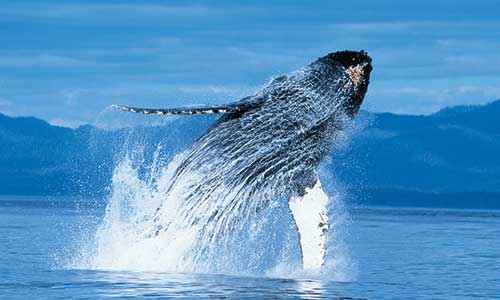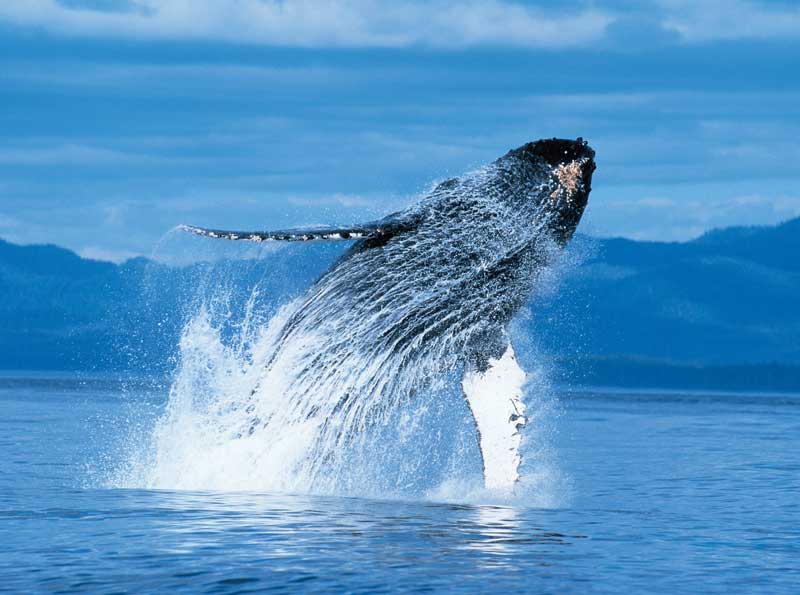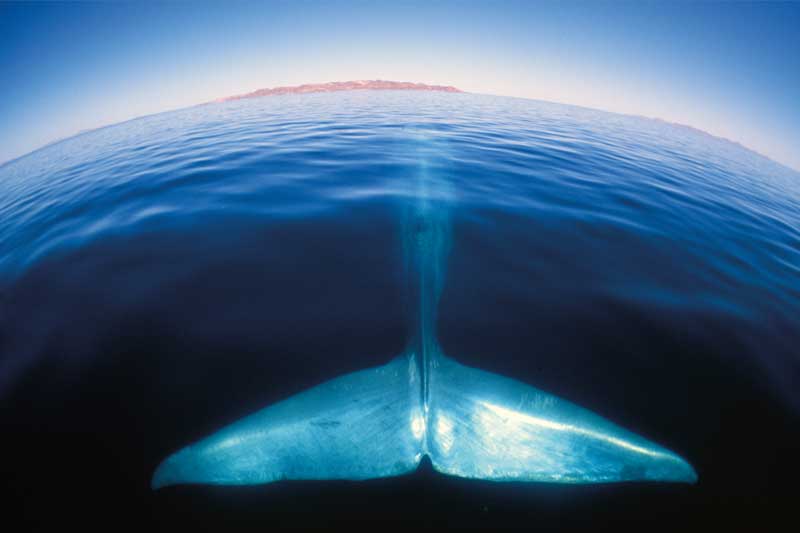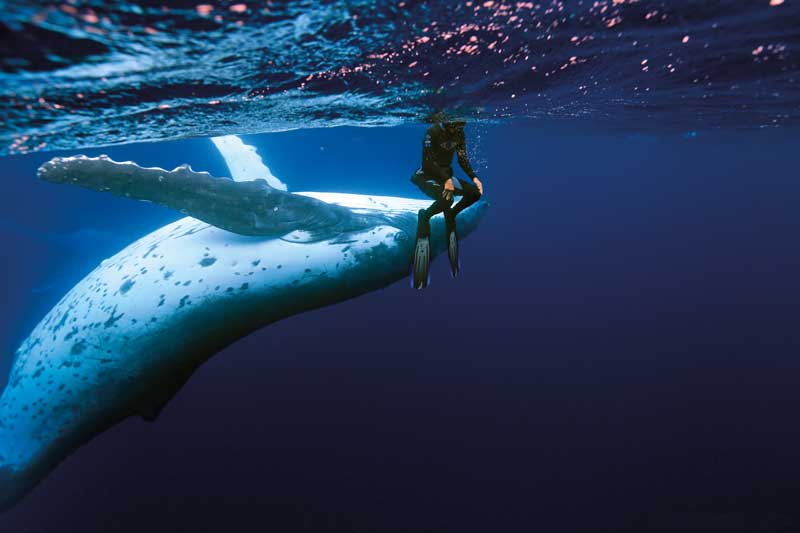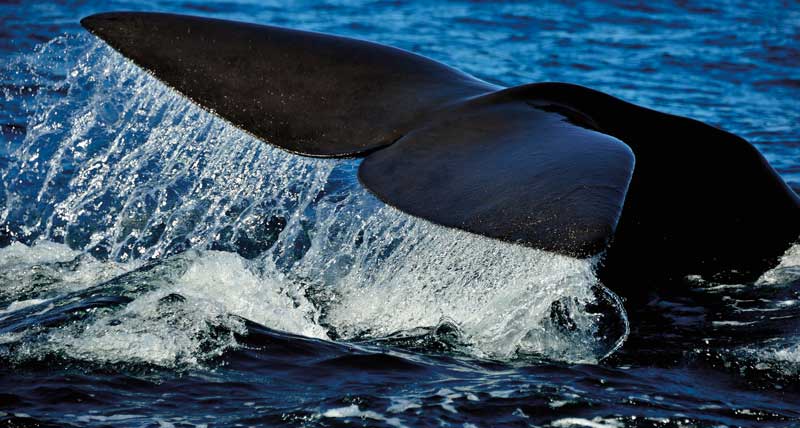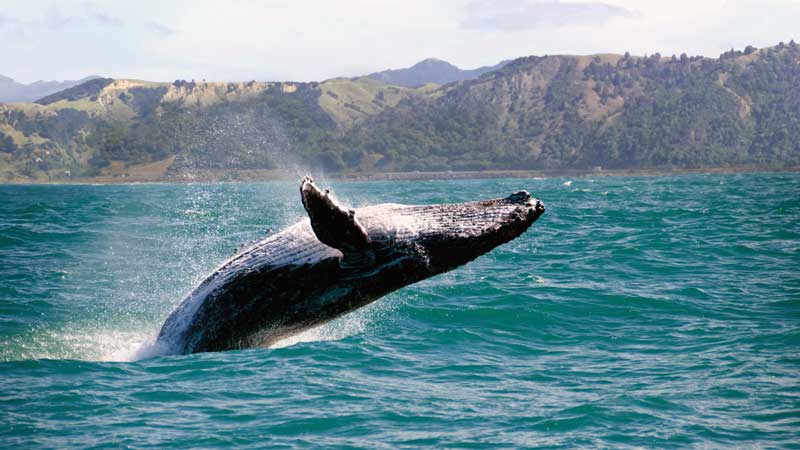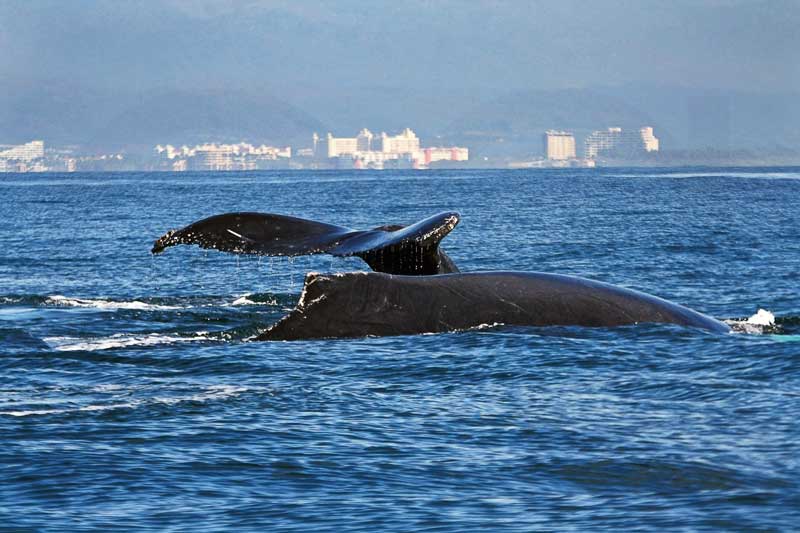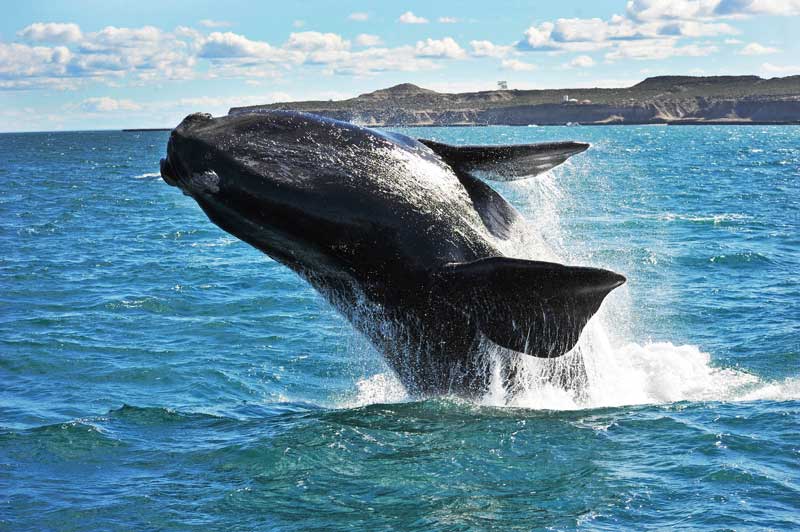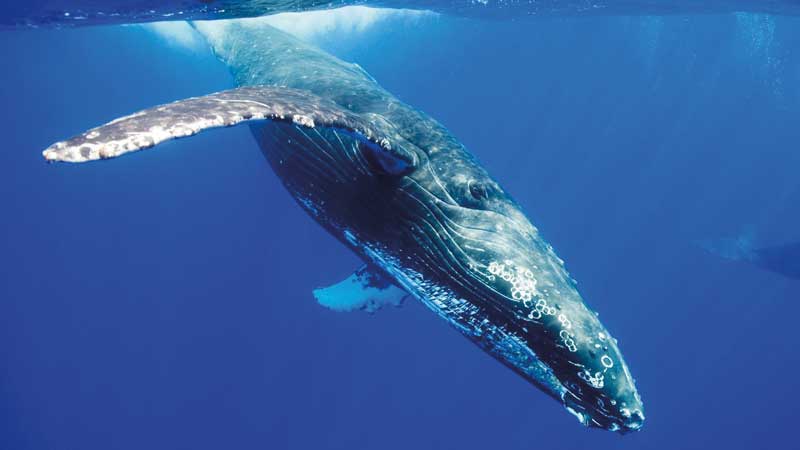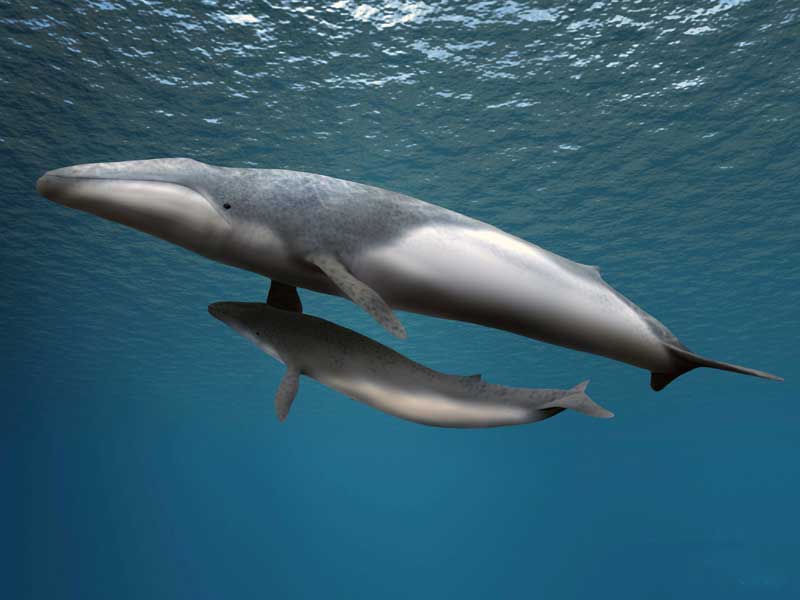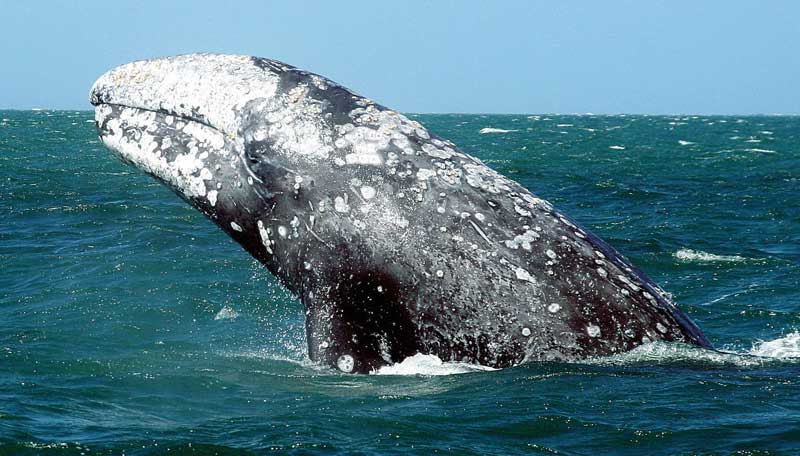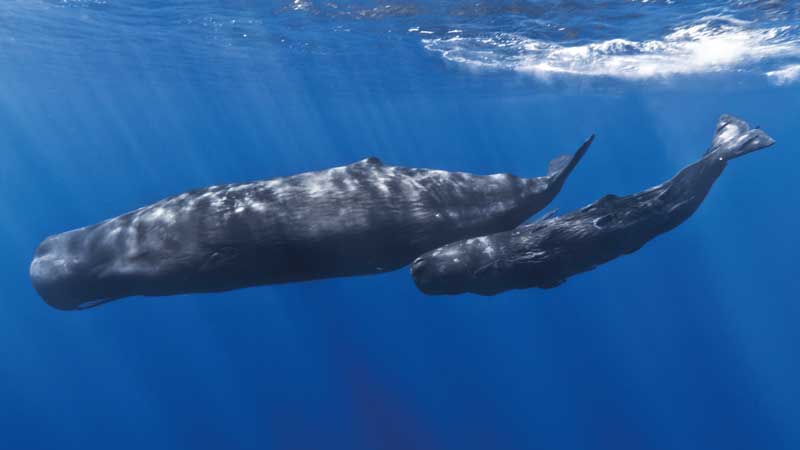Ancestral Travelers of the Seas
From July to November, in the Uruguayan coasts, the miracle of southern right whale sightings takes place each year. They arrive looking for the protection of the warm, tranquil waters of the south to reproduce, nurse and take care of their calves. This country takes the preservation of their marine territories very seriously, with relentless campaigning raising awareness on the significance of this species. In this region of the Southern Cone, we will follow their journey across the oceans of the world.
In the water, whales have become the dominant species,
Without killing their own kind.
In the water, whales have become the dominant species,
Though they allow the resources they use to renew themselves.
In the water, whales have become the dominant species,
Though they use language to communicate, rather than to eliminate rivals.
In the water, whales have become the dominant species,
Though they do not broodily guard their patch with bristling security.
In the water, whales have become the dominant species,
Without trading innocence for the pretension of possessions.
In the water, whales have become the dominant species,
Though they acknowledge minds other than their own.
In the water, whales have become the dominant species,
Without allowing their population to reach plague proportions.
In the water, whales have become the dominant species,
An extra-terrestrial, who has already landed…
A marine intelligentsia, with a knowledge of the deep.
From space, the planet is blue.
From space, the planet is the territory
Not of humans, but of the whale.
From Whale Nation by Heathcote Williams
AN EXTRAORDINARY ANIMAL
The whale route began approximately 50,000,000 years ago, when a terrestrial mammal sought shelter in the seas and then evolved into the largest animal that has ever roamed the earth. Their origins on earth are confirmed because they have lungs instead of gills like the rest of the marine life. Whales must come up to the surface to breathe oxygen in tremendous quantities that prove enough to remain between 35 minutes up to an hour in the depths of the ocean, where they have reached 500 atmospheres.
Whales sing in different modulations and cadences native of each family or pod. These songs, which can send out a million different frequencies, travel through water several times faster than sound, conveying messages that still haven’t been deciphered by scientists who have done research on them. These euphonies refract in stereo through two sonic waves in different directions: upward, forward, backward and downward simultaneously. Whale hearing is 20 times more sensitive than humans’, the ideal instrument to receive these mysterious and powerful harmonies across the unfathomable vastness of the sea.
According to a recent discovery, a type of cell known as ‘spindle’ was found in the brains of these large cetaceans, in the cerebral cortex—similar to humans and large apes—that intervene in cognitive processes, such as learning, remembering and recognizing the world. They have a large parietal area and a frontal lobe six times the size of that in people.
To accomplish their formidable migrations across the oceans of the world, whales may have the ability to use the rotational forces of the planet, the orbit of the sun and the moon, tide changes and water temperature, while reading the emissions of the terrestrial crust through the submarine geography composed of a complicated orographic mixture of hills, ravines, ridges, reefs; all of this in traveled distances that average around 6,000 km—although there are records of a humpback whale that reached 10,000 km. Whales can swim as fast as 30 miles per hour.
What science now knows about the evolution of whales has been discovered only in the last 25 years, mostly thanks to paleontologist Phil Gingerich’s research.
WHALE SPECIES
There are two types of whales: baleen and toothed, thus classified because of the way in which they feed. These two categories are subdivided into different species.
The Blue Whale (Balaenoptera Musculus)
They are distributed across almost all of the oceans of the planet, except the Arctic, and only are present in the seas of Bering, the Mediterranean and Okhotsk. The largest populations remain between the North Pacific and the North Antarctic. It is considered the largest animal that has ever existed in the world, since it surpasses in height the extinct dinosaurs. It measures up to 30m in length and weighs up to 180,000kg. The blue whale produces a sound more intense than any other animal. Between 1914 and 2013, the numbers in the blue whale population were reduced 70-90%, reason why it is classified as in danger of extinction. It can be spotted in the territories that span Alaska and Baja California during two seasons: from June to October, and between February and July.
The Bowhead Whale (Balaena Mysticetus)
Also known as polar whale or Greenland right whale, it can measure between 14 and 20m in length, and weigh from 75,000 to 100,000kg. Unlike other cetaceans that migrate to feed and reproduce in warmer waters, the bowhead whale only dwells in Arctic and sub-Arctic waters. Nowadays, it travels from Alaska to spend the winter in the south-west of the Bering Sea, and migrates north in the spring now that the ice cracked opened in the seas of Chukchi and Beaufort due to climate change effects. Some say this whale can live to 200 years, which makes it the longest living mammal. Like other cetaceans, it was commercially hunted for centuries until a global moratorium was established in 1996 to ban this heinous practice. Currently, its numbers are estimated at more than 24,900 specimens; before the moratorium, there were only 3,000. Despite this, it remains on the list of endangered animals.
The Southern Right Whale (Eubalaena Australis)
Because of its geographical distribution, there are three different types of southern right whales; one group lives in the North Atlantic, others in the North Pacific, and the majority live in the South Atlantic, South Pacific and South Indian oceans, between 20º and 60º of latitude. Some of the countries where it is possible to catch sight of them are Argentina, Brazil, Chile, South Africa, the south of Australia and some oceanic islands. They live in pods of up to 12 specimens, but it is more common to find them in communities of 2 or 3 whales. Their population is estimated at 8,000 individuals only. The largest group in the world lives in the Argentine coasts, and was declared as Natural Monument by a national law established by the government of Argentina.
The Pygmy Right Whale (Caperea Marginata)
It was considered extinct until 2012, when a specimen was found at the coasts of New Zealand. It is native to the Southern Hemisphere, and its name is based on its size of 6.5m and its weight that does not exceed 3,500 kg. This specimen has been appreciated as a true living fossil, which until now is the only survivor of its kind.
Gray Whale (Eschrichtius Robustus)
This whale travels the longest distances when migrating. They currently live in the north of the Pacific Ocean. They leave their territory in November or December, starting at Bering Sea, where their annual journey through the coasts of Alaska begins, passing through Canada, the north of the United States and California, until they arrive to a protected sanctuary in the warm and shallow waters of Baja California Sur, Mexico. They remain there until April; in the meantime, some members of the group begin and others end their reproductive cycle. The North Atlantic gray whale became extinct in the 18th century.
Humpback Whale (Megaptera Novaeangliae)
There are three recognized subspecies of the humpback whale: the North Pacific, North Atlantic and Southern Hemisphere Humpback Whales. Along with the Blue Whale, it belongs to a genus of cetaceans known as Rorqual (a mammal very similar to whales). You can find it in every ocean, except in the polar seas. They spend the summer feeding along the coast between California and Alaska. They migrate to the warm waters of Hawaii, Mexico, Costa Rica, and Japan during breeding season. The population in California migrates to Mexico and Costa Rica, and the one that dwells in Alaska migrates to Hawaii.
Sperm Whale (Physeter Macrocephalus)
This species has several records in the animal kingdom: it is the largest toothed predator, possesses the largest and heaviest brain, and is the mammal that submerges the deepest (up to 3,000m). The presence of their 52 teeth is still a riddle to science, because these whales don’t need them to feed; their favorite prey is the squid. They have an average life expectancy of 70 years and can be found in all the oceans of the world except the north of the Arctic Ocean.
Other whale species are: Common minke whale (Balaenoptera acutorostrata), Antarctic minke whale (Balaenoptera bonaerense), White whale (Balaenoptera borealis), Bryde’s whale (Balaenoptera edeni), Omura’s whale (Balaenoptera omurai) and Fin whale (Balaenoptera physalus).
A MESSAGE FOR THE PRESERVATION OF WHALES
“Whale watching is clearly more environmentally sustainable and economically beneficial than hunting, and whales are worth far more alive than dead.”
Responsible and regulated whale watching has relieved some of the damage done to the oceans by global overfishing. It also represents a universal business that involves at least 13 million people, an industry with an estimated value of $2.1 billion—according to the International Fund for Animal Welfare—which continues to grow, particularly in Asia and Latin America. Currently, this tourist attraction is carried out in 120 countries around the world.
It’s worth mentioning that there are numerous sanctuaries, marine protected areas and other designated safe havens for whales across the oceans and seas of the world. Some of the most important sanctuaries and protected areas for whales are the Southern Ocean Whale Sanctuary, IWC’s Indian Ocean Whale Sanctuary, Mexico’s Baja California region, and more.
Whales have captivated the imagination of different communities since the beginning of humanity. They are mentioned in the Bible at least six times, and the most famous passage is the one about “Jonah and the whale”. Herman Melville based his novel Moby-Dick on a true story from 1820. And let’s not forget the episodes that take place in the belly of a whale in Carlo Collodi’s The Adventures of Pinocchio. Ancient villages created endless myths about it, and it continues to be an enthralling and fascinating symbol in all forms of contemporary art.
Text: Maruchy Behmaras ± Photo: WPD / LAZARTE / BREECH / ROM OCPINIMG / PEER J / PHOTO COURTESY UNIVERSITY OF MICHIGAN MUSEUM OF PALEONTOLOGY / EFEVERDE / NEEFUSA / J. ESGUERRA CHIN / FARM7 / VISTA AL MAR / NATIONALGEOGRAPHIC / PINIMG / 3494ACOPYRIGHT / ROGH TIDES / WHALES ORG / 4K WALLPAPERS HD

